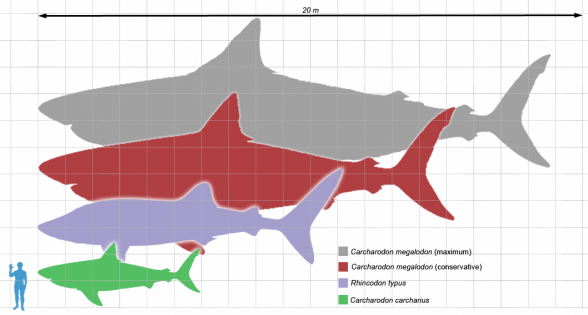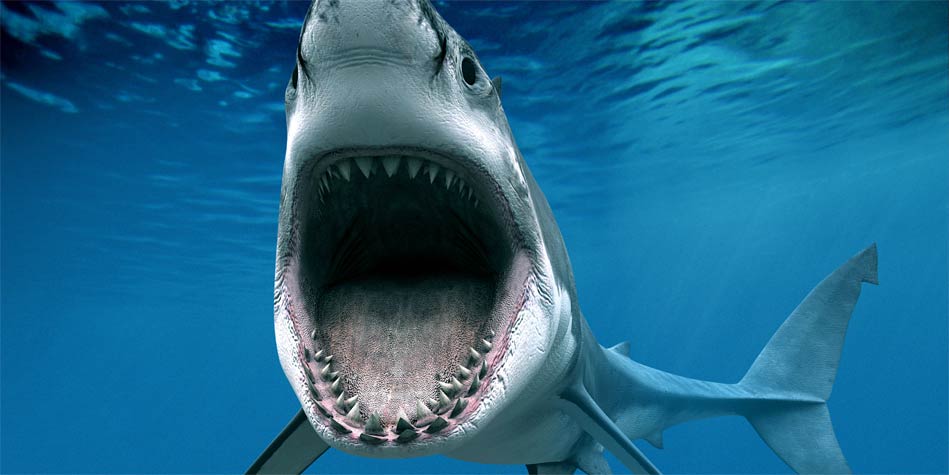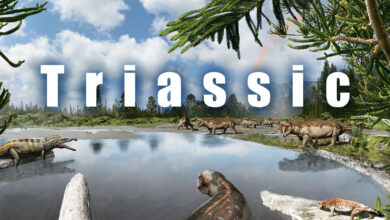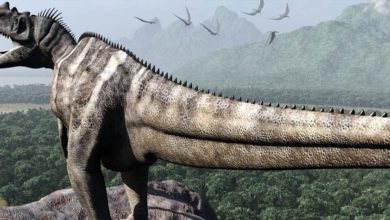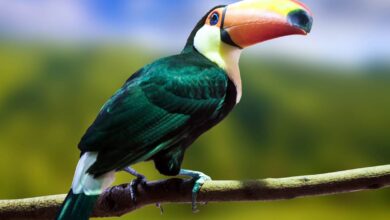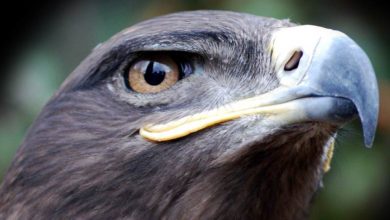Sharks – killers from the depths
Since ancient times, sailors have created legends about a large marine predator. Its fin sticking above the surface of the water was a sign of impending death. Sharks – a general term for a group of elasmobranch predatory fish with a cartilaginous skeleton. Sharks are distinctive for their streamlined, fusiform (spindle-shaped) body, a heterocercal (asymmetric) caudal fin, 5 to 7 gill slits located just behind the head, and extremely sharp teeth.
The first sharks appeared on Earth more than 450 million years ago. Today, we recognize over 500 shark species.
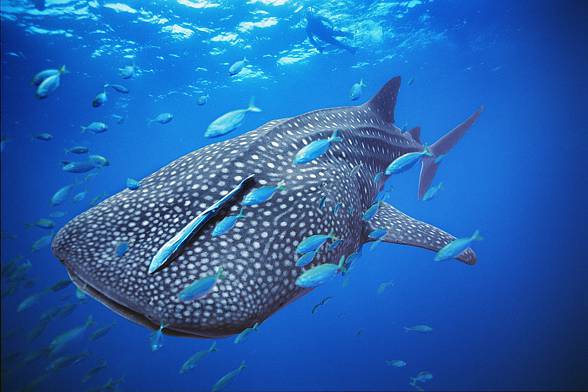
Sharks – the largest fish
Sharks are among the largest fish to swim the seas and oceans worldwide. Most are slender, agile predators that instill fear even in sizable aquatic creatures. Their teeth are a formidable weapon during encounters with animals even larger than themselves. The title of the largest fish in the world belongs to the whale shark (Rhincodon typus).
Great white shark – man-eater shark
The great white shark (Carcharodon carcharias), also known as the white shark or white pointer, is the largest predatory fish and poses a significant threat to humans, although fatal attacks are relatively rare. It possesses multiple rows of powerful, serrated, triangular teeth. These formidable teeth are truly awe-inspiring when the shark launches an attack…
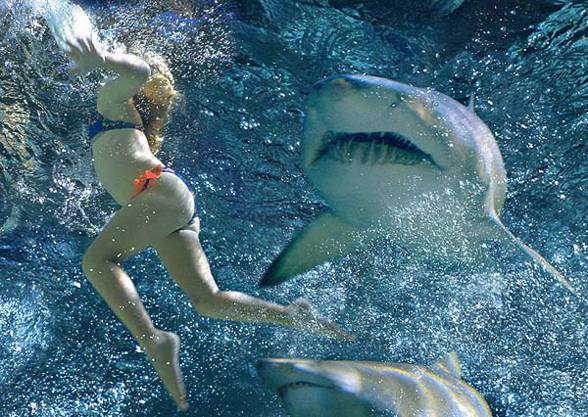
Shark attacks
Sharks are provoked by blood…
Great white sharks often swim in close proximity to beach areas, where incidents of their attacks on humans occasionally occur. As a result, these sharks have a reputation for being dangerous animals. Human attacks typically happen when a person swimming, for example, on a surfboard, is mistaken for a seal.
A shark rarely attacks humans unless it senses blood in its surroundings. Indeed, blood and water splashing are the most effective stimuli to attack. A shark can detect even a small amount of blood from up to 500 meters away! This triggers a so-called feeding frenzy, and the shark attacks virtually anything in its sight. They are responsible for several dozen human deaths annually. Presumably, the actual number of victims is much higher; however, some developing countries do not keep such records.
Australia and Egypt – dangerous destinations
The highest number of fatal shark attacks occurs off the Australian coast. Mostly surfers, swimmers, and divers become shark victims, as well as, on occasion, beach bystanders – for example, the shark attacks in Egypt in 2010.
No sharks in the Baltic Sea…
The Baltic Sea is a relatively cold region, while most shark species prefer warmer climates. However, this does not entirely explain the scarcity of sharks in these cold waters. In the western parts of the Baltic Sea, the porbeagle (Lamna nasus), spiny dogfish (Squalus acanthias), and sometimes, reportedly, the angelshark (Squatina squatina) appear. A porbeagle was once caught by Polish fishermen from Kołobrzeg.
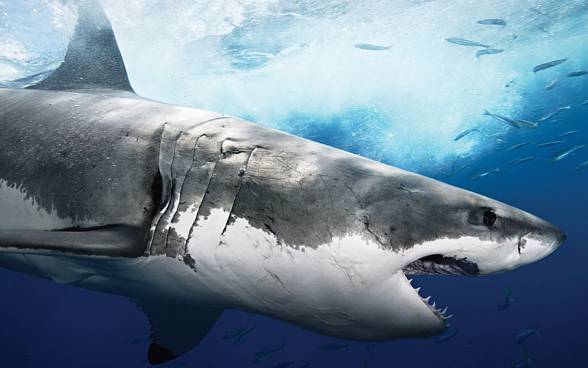
Sharks have the largest brains among fish
Sharks have relatively large brains compared to other fish and possess more senses than humans: sight, smell, hearing, taste, touch, a lateral line (sensing water motion), and electroreception (detecting changes in electromagnetic fields). Sharks have vision that is reportedly 10 times better than human vision in in the dark.
Detailed characteristic / size
Sharks
- Length: 0.17 m – 20 m
- Weight: up to 12 tons
Specific shark characteristics
More information about sharks, including descriptions of distinct species, the largest, and the most dangerous, can be found in the section dedicated to these giant and perilous fish – Sharks.
